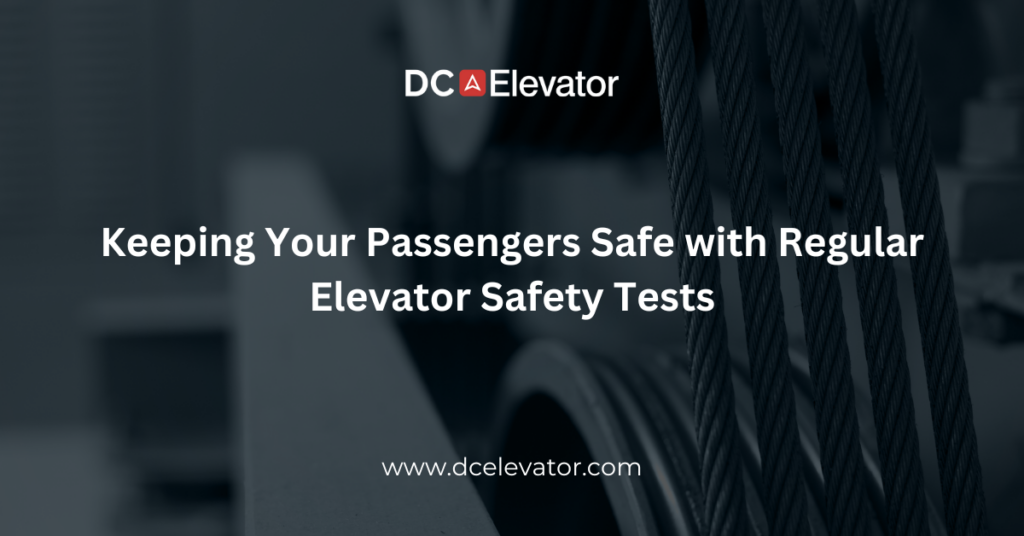Elevators are a ubiquitous feature in our daily lives, serving as a convenient means of vertical transportation in many multi-story buildings. While they offer ease and efficiency, elevator safety should always be a top priority. Regular elevator safety tests play a crucial role in ensuring that passengers are kept safe during their journeys. In this blog post, we will explore the importance of conducting these tests and how they contribute to passenger safety.
The Role of Elevator Safety Tests
Elevator safety tests are comprehensive evaluations of an elevator’s functionality and safety features. These tests are conducted to identify and rectify any issues that may compromise passenger safety. Here’s why they are essential:
1. Preventing Accidents
Safety tests are designed to catch potential hazards before they become accidents waiting to happen. Detecting and addressing issues such as faulty sensors, worn-out cables, or malfunctioning emergency brakes can prevent accidents and protect passengers from harm.
2. Compliance with Regulations
Elevators are subject to strict safety regulations and codes in many jurisdictions. Regular safety tests ensure that your elevators remain compliant with these regulations, reducing the risk of fines and legal liabilities.
3. Minimizing Downtime
Regular testing can identify problems early, allowing for proactive repairs. This minimizes elevator downtime, ensuring that the elevator remains available for passengers and doesn’t disrupt building operations.
4. Enhancing Passenger Confidence
When passengers know that elevators are regularly tested for safety, they gain confidence in using them. Feeling safe while riding an elevator contributes to a positive experience for occupants of your building.
Types of Elevator Safety Tests
Elevator safety tests encompass a range of evaluations to ensure the elevator functions safely and reliably. Here are some common types:
1. Annual Safety Inspections
These comprehensive inspections are conducted by certified elevator inspectors to assess the elevator’s overall safety and compliance with regulations.
2. Monthly and Quarterly Tests
Regular, more frequent tests cover specific components such as emergency lighting, fire service operation, and door reopening mechanisms.
3. Load Tests
Load tests assess an elevator’s capacity to carry its maximum load safely. This helps identify potential issues related to the elevator’s weight-bearing capacity.
4. Functionality Tests
These tests evaluate the elevator’s response to various scenarios, such as power outages or fire alarms, ensuring it can safely handle emergency situations.
Regular elevator safety tests are not just a legal requirement; they are a fundamental part of ensuring the safety of passengers who rely on elevators every day. Preventing accidents, complying with regulations, and maintaining passenger confidence are just a few reasons why these tests are indispensable.
If you are responsible for an elevator in your building, make sure you schedule regular safety tests with certified professionals. The investment in safety testing not only protects passengers but also safeguards your reputation and legal standing.
At DC Elevator, we are committed to ensuring the safety and reliability of your elevators. Contact us today to schedule a safety test and keep your passengers safe during every ride.
